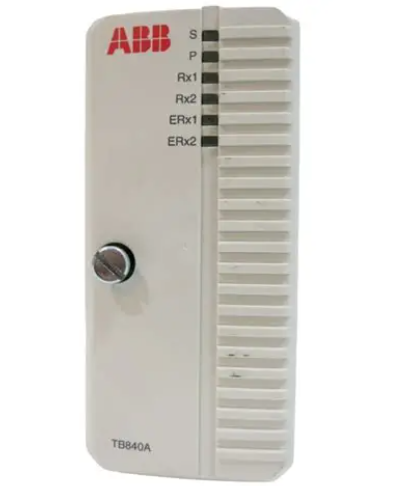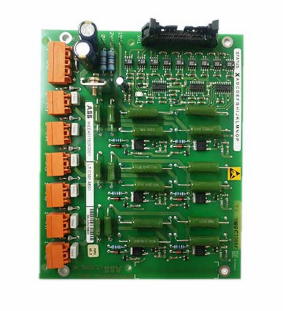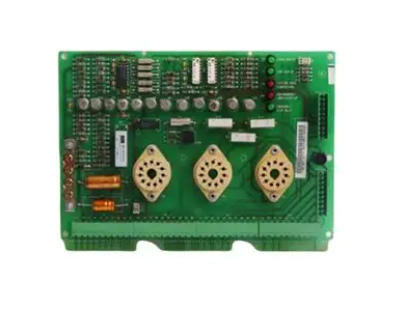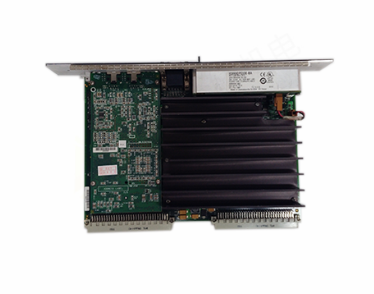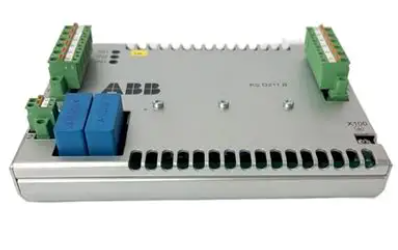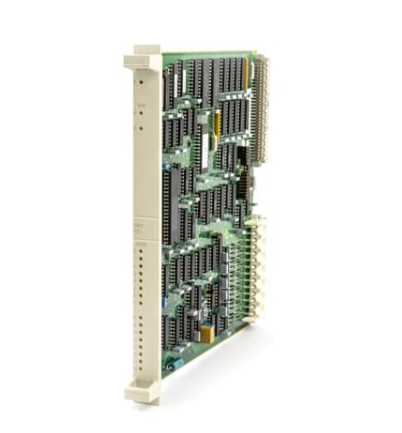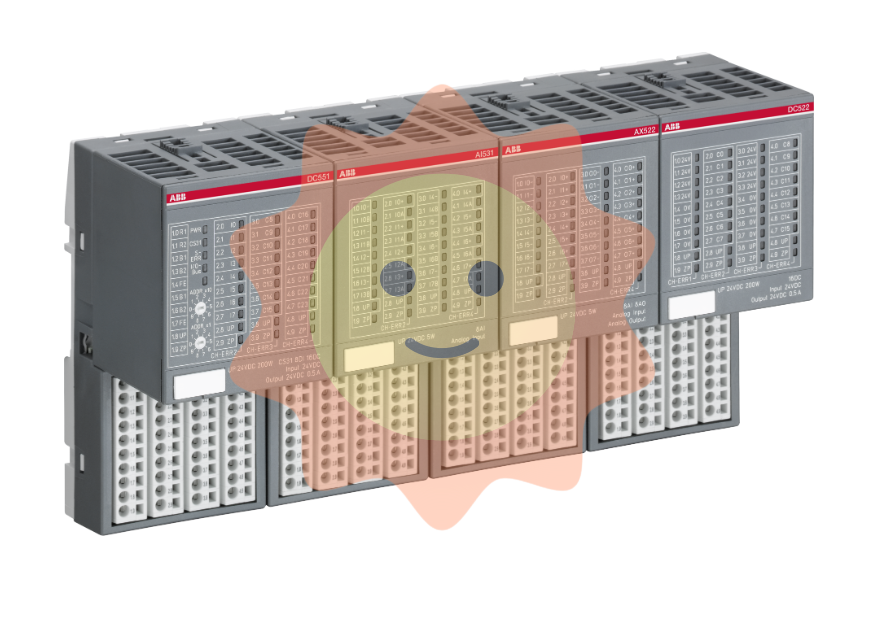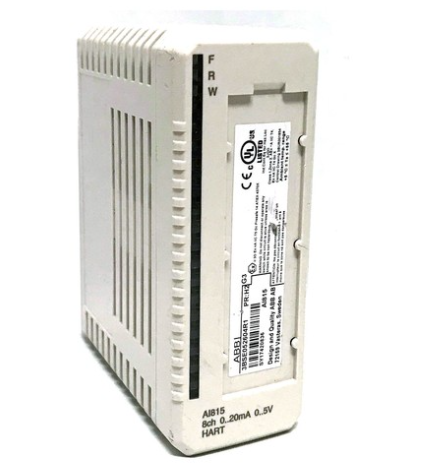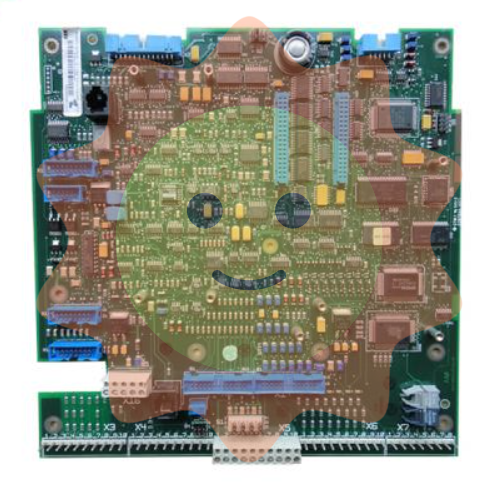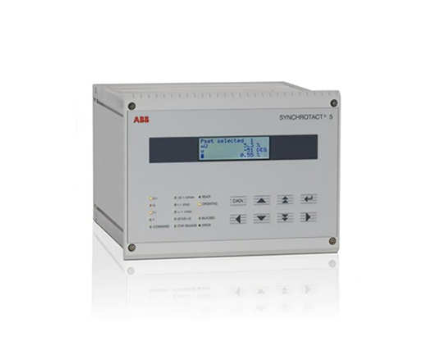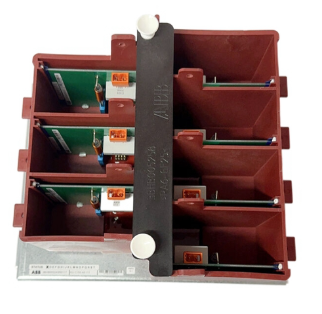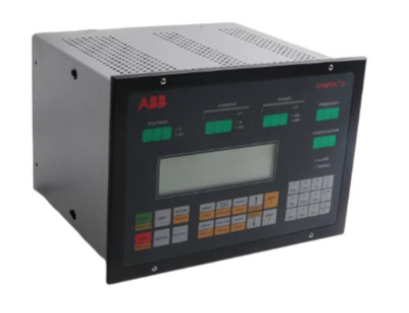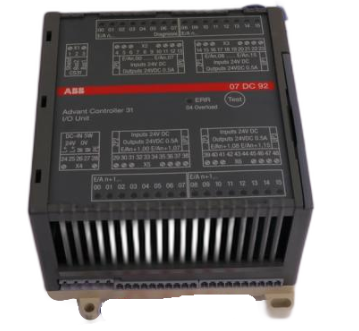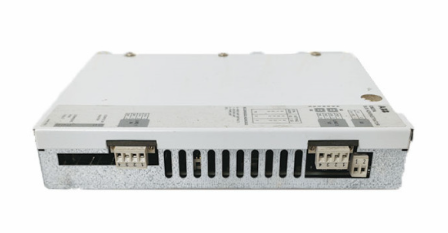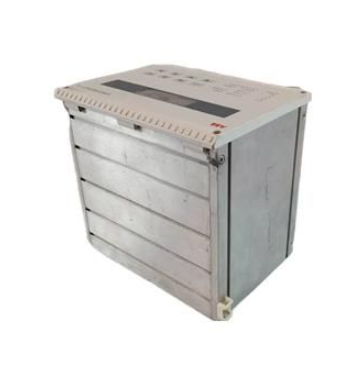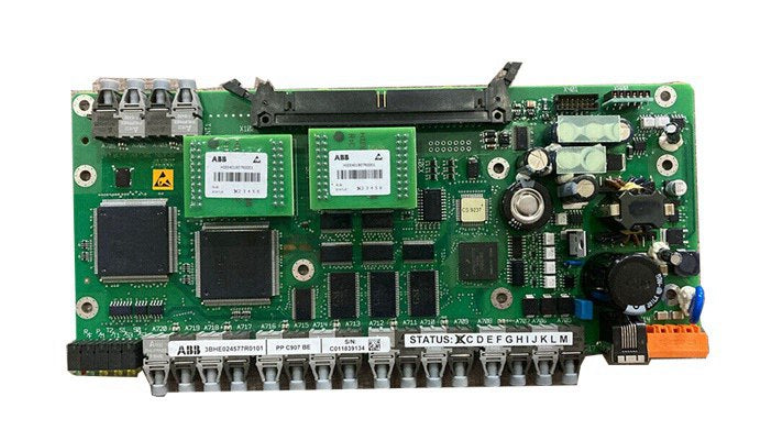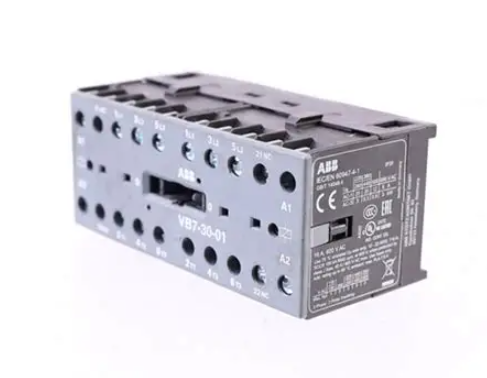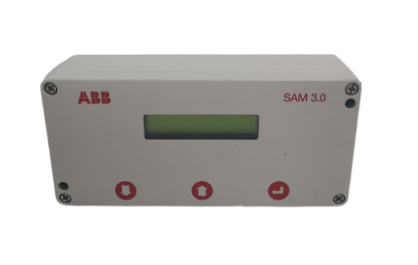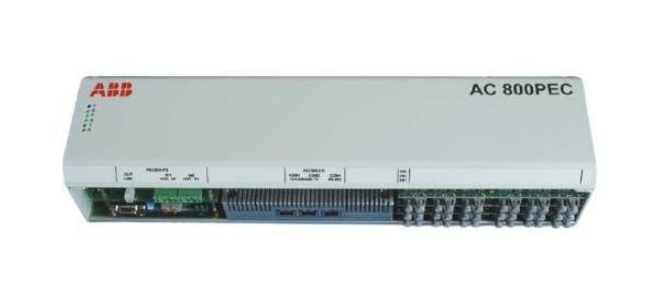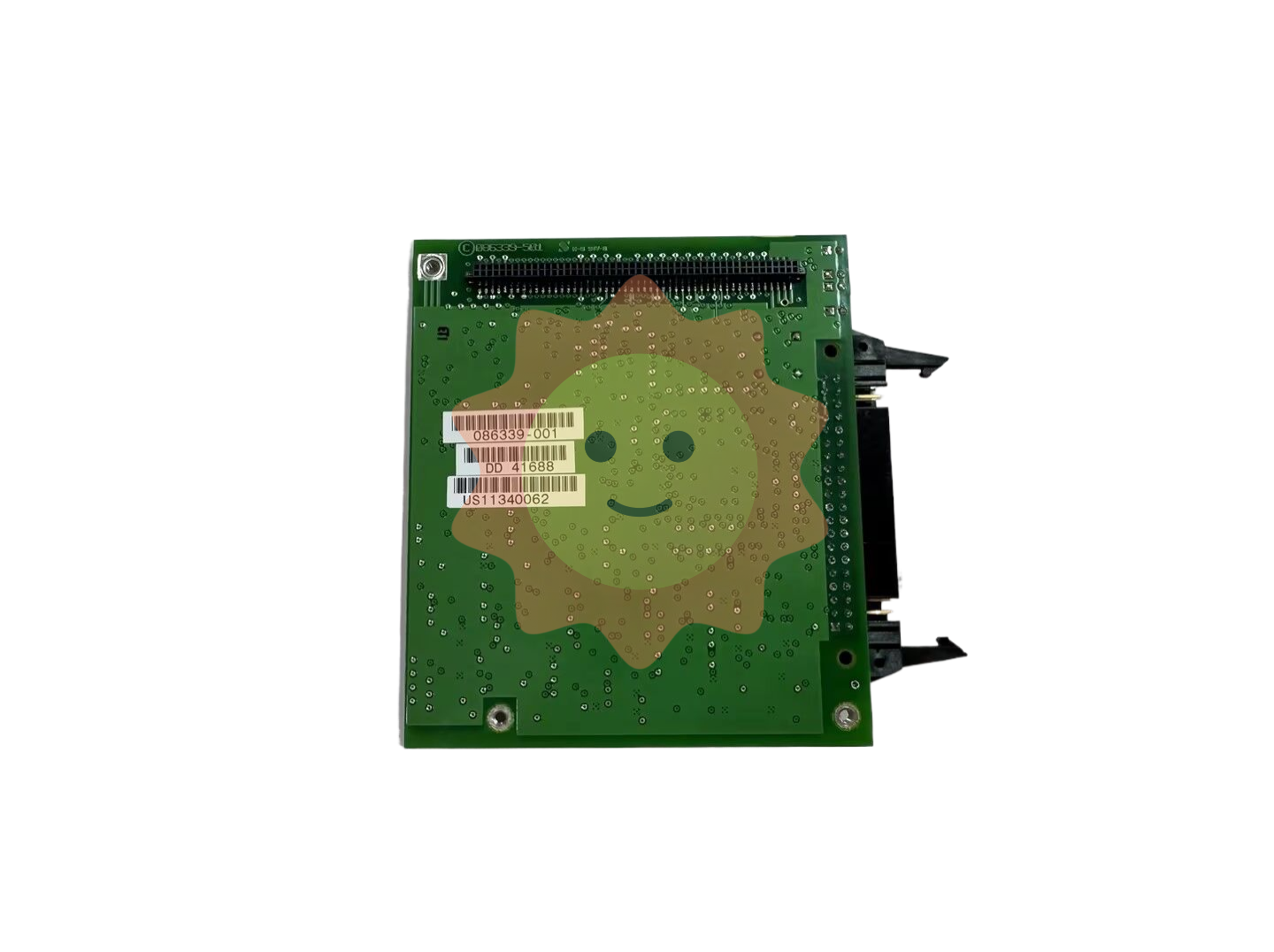ABB GDD471A001 2UBA0022R0001 motor control module
ABB GDD471A001 2UBA0022R0001 Motor Control Module
Product Overview
ABB UCD224A103 is a powerful and high-performance control module that plays a key role in the field of industrial automation. As an important component of distributed control systems (DCS), it aims to efficiently handle various complex process control tasks and is widely used in various industrial environments. It can achieve good interaction with sensors, actuators, and other devices in process automation systems, providing reliable data acquisition, processing, and real-time control operations for control loops.
Specification parameters
Module type: Distributed Control System (DCS) PLC module.
Part number: UCD224A103.
Manufacturer: ABB.
Input/Output Channels: Equipped with multiple analog and digital input/output (I/O) channels, the specific number varies depending on the system configuration, for example, common configurations have 8 input channels.
Communication protocol: Supports standard industrial protocols such as Modbus, Ethernet, Fieldbus, Profibus, etc., making it easy to integrate with other devices and systems.
Power consumption: Only 3.7W, with low energy consumption.
Working temperature range: It can operate stably at ambient temperatures ranging from -20 ℃ to 60 ℃, and is suitable for various complex industrial environments.
Isolation capability: With an isolation capability of 2500Vrms, it ensures the safe operation of equipment.
Product dimensions: The net depth/length of the product is 142 millimeters, the net height is 373 millimeters, and the net width is 73.5 millimeters.
Net weight of the product: 1.53 kilograms.
Working principle
The UCD224A103 module first collects analog or digital signals from various sensors through input channels in the system. After entering the module, these signals are processed by the internal signal conditioning circuit and converted into a form suitable for digital processing. Next, a 24 bit high-precision analog-to-digital converter is used to digitize the signal, ensuring high resolution and accuracy of the data. Afterwards, the digital signal is transmitted to the core processor of the module, which analyzes and performs operations on the data based on preset algorithms and control logic. According to the calculation results, the module sends control signals to the actuator through the output channel, thereby achieving precise control of the production process. At the same time, the module also utilizes its communication function to transmit processed data and device status information to other related devices or systems according to the corresponding communication protocol.
Key advantages
High reliability: Made of high-quality materials, it has an isolation capability of 2500Vrms and multiple protection functions such as overload protection, over temperature protection, and short circuit protection, ensuring long-term stable operation in complex industrial environments, reducing equipment failure rates, and lowering maintenance costs.
High precision and high performance: With 24 bit resolution and 0.05% high-precision measurement, combined with a 10Hz sampling rate, it can accurately capture subtle changes in process variables, providing reliable data support for control systems and achieving efficient and accurate control effects.
Flexible Scalability: Modular design allows for flexible expansion and configuration according to actual application needs. Whether it is increasing the number of input and output channels or adjusting system functions, it can be easily and quickly implemented to meet the needs of industrial projects of different scales and complexities.
Convenient remote control: Equipped with a remote control interface, users can remotely monitor and control modules through networks and other means, without the need to physically visit the site, improving the convenience and efficiency of system management, especially suitable for large industrial facilities or widely distributed production systems.
Precautions
Installation environment: It should be installed in a dry, well ventilated environment without severe vibration, avoiding direct sunlight and strong electromagnetic interference to ensure the normal operation of the module and extend its service life. The ambient temperature should be maintained within its designated operating temperature range (-20 ℃ to 60 ℃) to prevent performance from being affected by high or low temperatures.
Wiring operation: When wiring, it is necessary to strictly follow the requirements of the product manual to ensure that the wiring is firm and correct, and to avoid problems such as short circuits and open circuits. For the wiring of analog signals and digital signals, attention should be paid to distinguishing and preventing signal interference.
Software configuration: When configuring modules, it is necessary to carefully set various parameters to ensure that they match the actual application requirements. Incorrect parameter settings may cause abnormal module operation and even affect the stability of the entire control system. After the configuration is completed, comprehensive testing and validation should be conducted.
- EMERSON
- Honeywell
- CTI
- Rolls-Royce
- General Electric
- Woodward
- Yaskawa
- xYCOM
- Motorola
- Siemens
- Rockwell
- ABB
- B&R
- HIMA
- Construction site
- electricity
- Automobile market
- PLC
- DCS
- Motor drivers
- VSD
- Implications
- cement
- CO2
- CEM
- methane
- Artificial intelligence
- Titanic
- Solar energy
- Hydrogen fuel cell
- Hydrogen and fuel cells
- Hydrogen and oxygen fuel cells
- tyre
- Chemical fiber
- dynamo
- corpuscle
- Pulp and paper
- printing
- fossil
- FANUC
- Food and beverage
- Life science
- Sewage treatment
- Personal care
- electricity
- boats
- infrastructure
- Automobile industry
- metallurgy
- Nuclear power generation
- Geothermal power generation
- Water and wastewater
- Infrastructure construction
- Mine hazard
- steel
- papermaking
- Natural gas industry
- Infrastructure construction
- Power and energy
- Rubber and plastic
- Renewable energy
- pharmacy
- mining
- Plastic industry
- Schneider
- Kongsberg
- NI
- Wind energy
- International petroleum
- International new energy network
- gas
- WATLOW
- ProSoft
- SEW
- wind
- ADVANCED
- Reliance
- YOKOGAWA
- TRICONEX
- FOXBORO
- METSO
- MAN
- Advantest
- ADVANCED
- ALSTOM
- Control Wave
- AB
- AMAT
- STUDER
- KONGSBERG
- MOTOROLA
- DANAHER MOTION
- Bently
- Galil
- EATON
- MOLEX
- Triconex
- DEIF
- B&W
- ZYGO
- Aerotech
- DANFOSS
- KOLLMORGEN
- Beijer
- Endress+Hauser
- MOOG
- KB
- Moxa
- Rexroth


Email:wang@kongjiangauto.com

